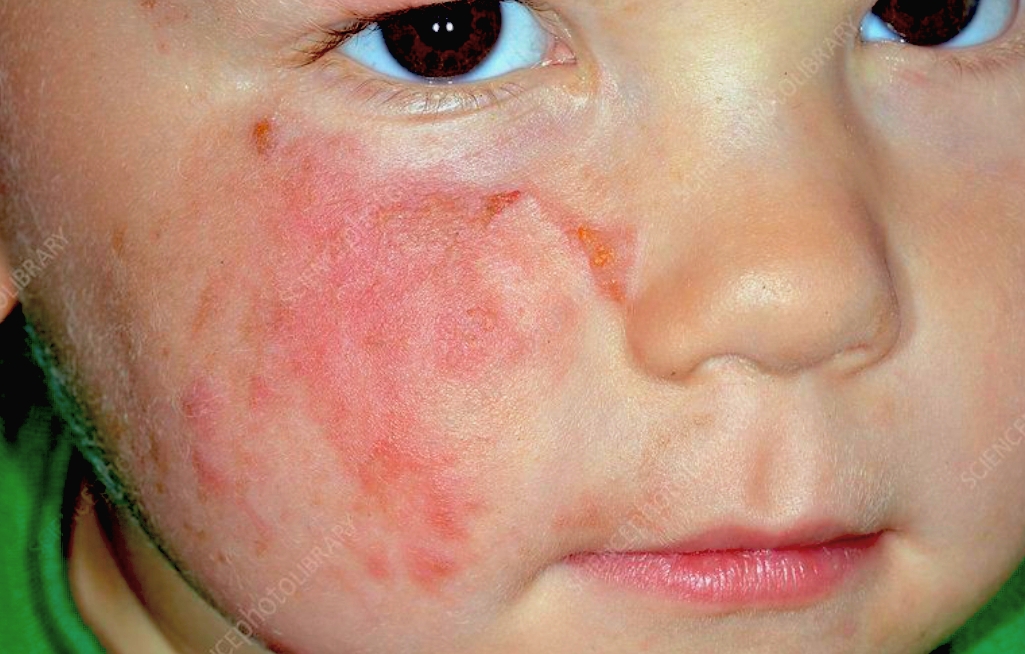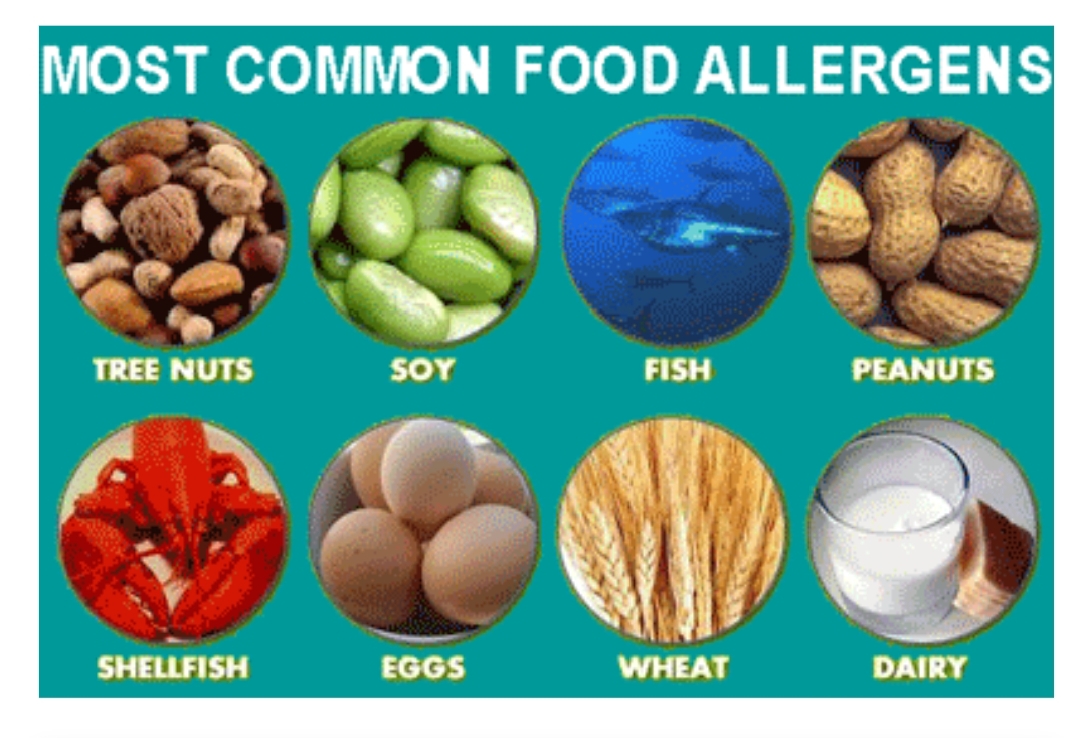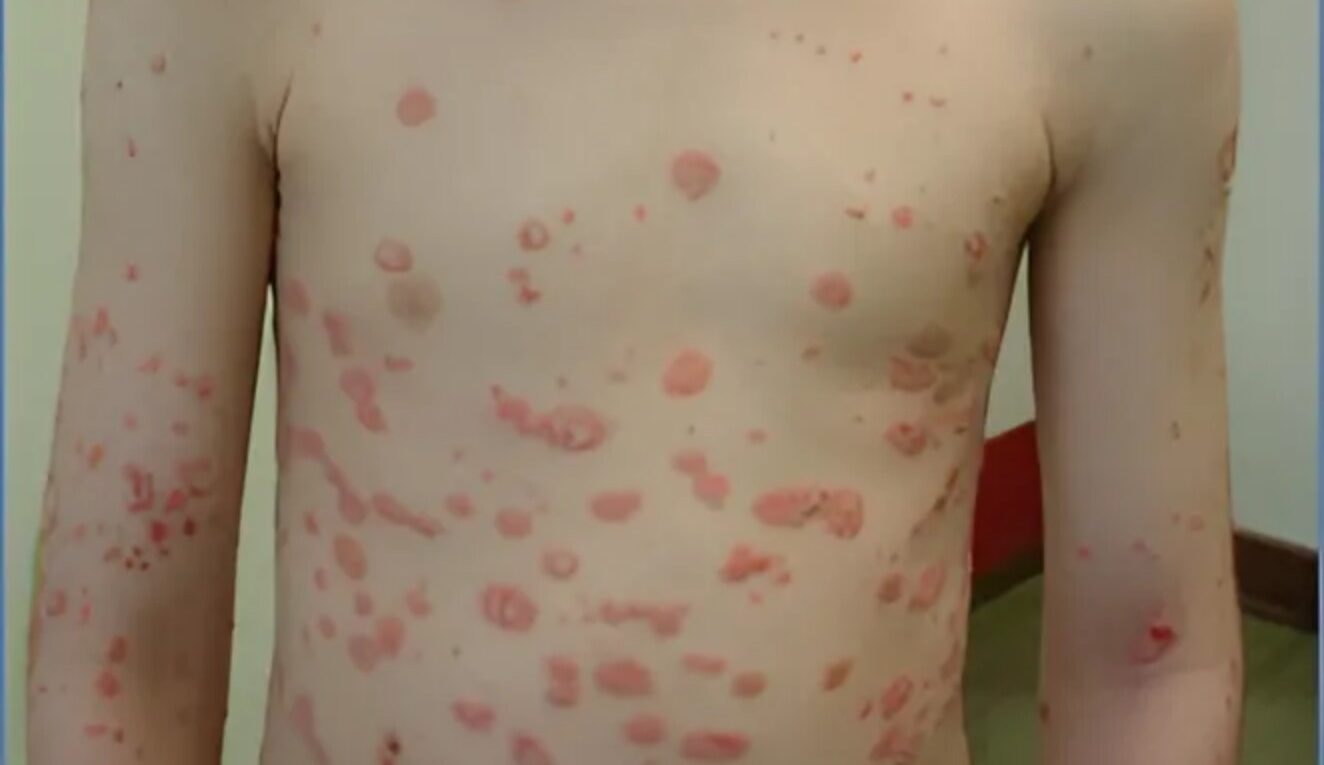Click here to Visit Facebook Page
Cellulitis is a common, potentially serious bacterial skin infection that affects the deeper layers of the skin. While it can occur anywhere on the body, it most commonly affects the lower legs. Understanding the causes, symptoms, treatment, and prevention measures for cellulitis is crucial for timely intervention and management.
Causes:
Cellulitis typically occurs when bacteria enter through a break in the skin. The most common bacteria responsible for cellulitis are Streptococcus and Staphylococcus aureus. Factors that increase the risk of developing cellulitis include:
1. Skin Injuries: Cuts, scrapes, insect bites, surgical wounds, or other breaks in the skin provide an entry point for bacteria.
2. Weak Immune System: Conditions such as diabetes, HIV/AIDS, or receiving chemotherapy weaken the immune system, making individuals more susceptible to infections.
3. Obesity: Excess weight can lead to skin folds where bacteria can thrive.
4. Lymphedema: Swelling due to poor lymphatic drainage can increase the risk of cellulitis.
5. Chronic Conditions: Conditions such as eczema or athlete’s foot can cause cracks in the skin, allowing bacteria to enter.
Click here to Visit Facebook Page
Symptoms:
The symptoms of cellulitis can develop suddenly and may include:
1. Redness: The affected area may appear red and swollen.
2. Tenderness: The skin may feel warm and tender to the touch.
3. Pain: The affected area may be painful, especially when touched or pressed.
4. Fever: In some cases, individuals may develop a fever and feel unwell.
5. Blisters or Pus: Blisters or areas of pus may develop, indicating a more severe infection.
It’s essential to seek medical attention if you notice any signs or symptoms of cellulitis, especially if you have a weakened immune system or if the infection is spreading rapidly.
Click here to Visit Facebook Page
Treatment:
Treatment for cellulitis typically involves antibiotics to eradicate the bacterial infection. Depending on the severity of the infection, antibiotics may be prescribed orally or intravenously. It’s essential to complete the full course of antibiotics as prescribed by a healthcare professional, even if symptoms improve before the medication is finished.
In addition to antibiotics, other treatment measures may include:
1. Pain Relief: Over-the-counter pain relievers such as ibuprofen or acetaminophen can help alleviate discomfort.
2. Elevating the Affected Area: Elevating the affected limb can help reduce swelling and promote drainage.
3. Warm Compresses: Applying warm compresses to the affected area can help relieve pain and promote healing.
In severe cases or if complications arise, hospitalization may be necessary for intravenous antibiotics or surgical drainage of abscesses.
Click here to Visit Facebook Page
Prevention:
While cellulitis cannot always be prevented, there are steps individuals can take to reduce their risk:
1. Practice Good Hygiene: Keep skin clean and dry, especially in areas prone to moisture such as between toes.
2. Protect Skin: Wear appropriate protective gear when engaging in activities that could cause skin injuries.
3. Treat Skin Conditions Promptly: Promptly treat any cuts, scrapes, or skin conditions to prevent bacterial entry.
4. Moisturize: Keep skin well moisturized to prevent dryness and cracking.
5. Manage Chronic Conditions: Properly manage underlying medical conditions such as diabetes or lymphedema to reduce the risk of cellulitis.
Conclusion:
Cellulitis is a common bacterial skin infection that can range from mild to severe. Prompt recognition and treatment are essential to prevent complications and promote healing. By understanding the causes, symptoms, treatment, and prevention measures for cellulitis, individuals can take proactive steps to protect their skin health and overall well-being. If you suspect you have cellulitis, it’s crucial to seek medical attention promptly for proper evaluation and management.




